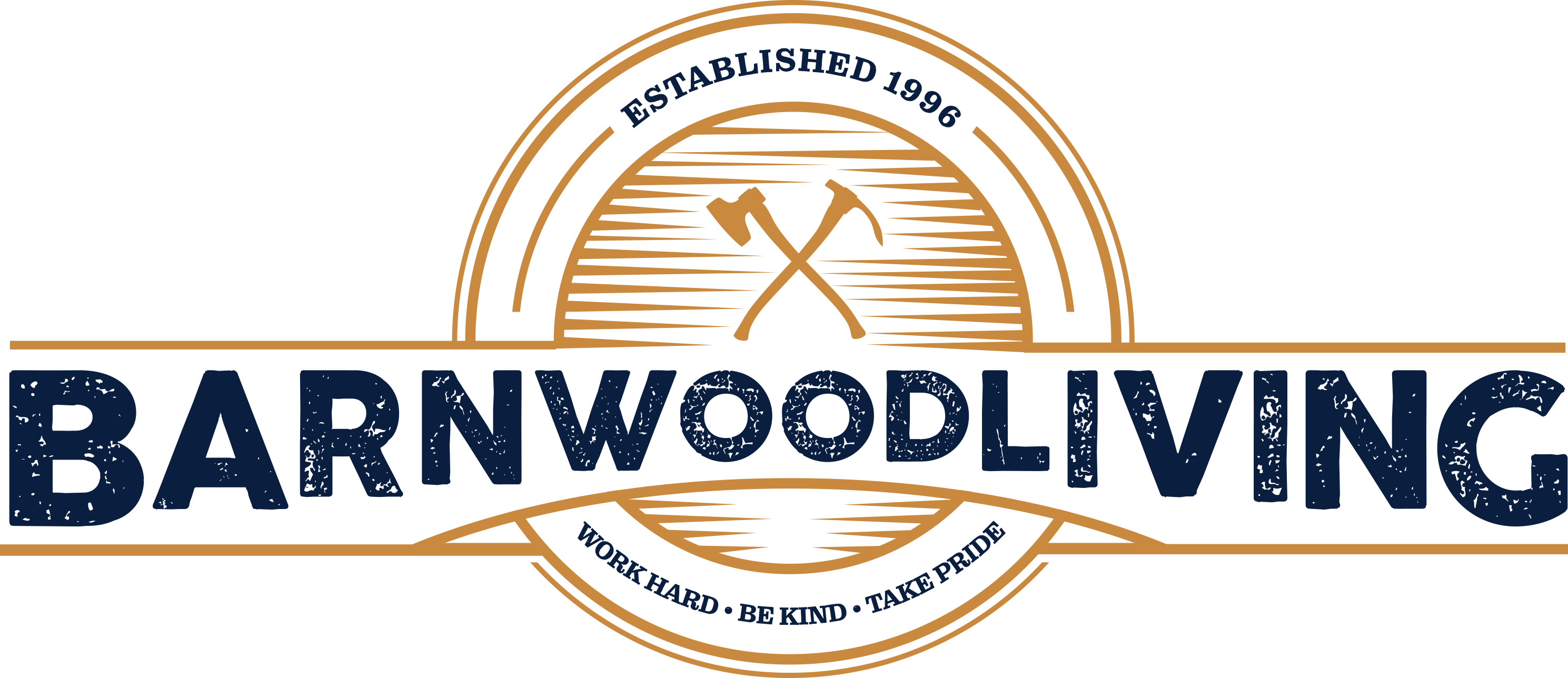Anatomy of a Sandwich
There’s a lot of skill involved with any construction. Constructing a cabin or constructing a sandwich, both offer unique building challenges. Making sure all of the pieces fit together perfectly requires a bit of engineering know-how. Precise placement of each ingredient determines whether you create a masterpiece, or something that leaves a bad taste in your mouth.
It’s not enough to make a sandwich that’s aesthetically pleasing. Form and function in perfect balance ultimately shape your creation. As Dagwood taught us years ago, one misplaced element can bring the whole thing crashing down. Rule #1–wet ingredients (mayo, ketchup, mustard) always go between the meat (or jelly between peanut butter in the case of a PB&J). This keeps the bread from getting soggy.
The best intentions of the person packing lunch can be undone by overlooking this simpl, but important, step. No one wants a soggy sandwich. The bread isn’t nearly as important though. Growing up there was simply–bread! Any type of bread was used for any sandwich. For example, hotdog buns made terrific pizza bread. Hamburger buns held PB&J together nicely and a hotdog could be nestled in a single slice of bread in a pinch.
While packets have made everyone a king of condiments, remember rule #1 still applies. If you follow these simple tips, I promise you your next DIY sandwich will be a success!
